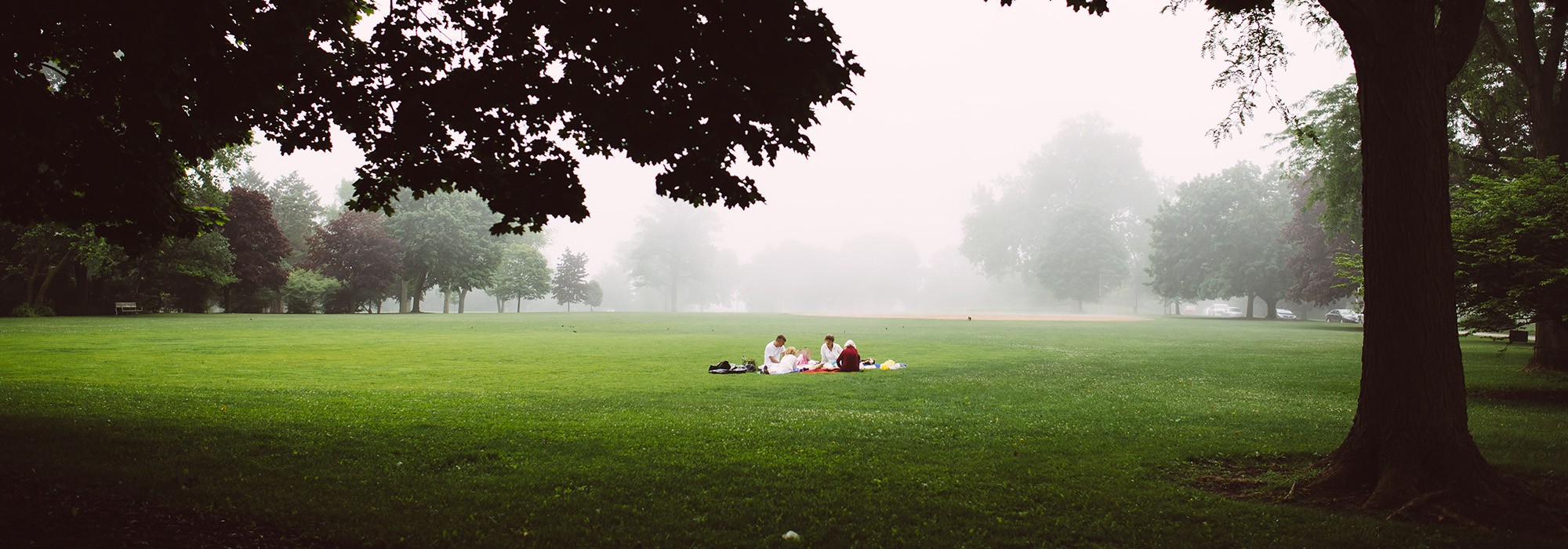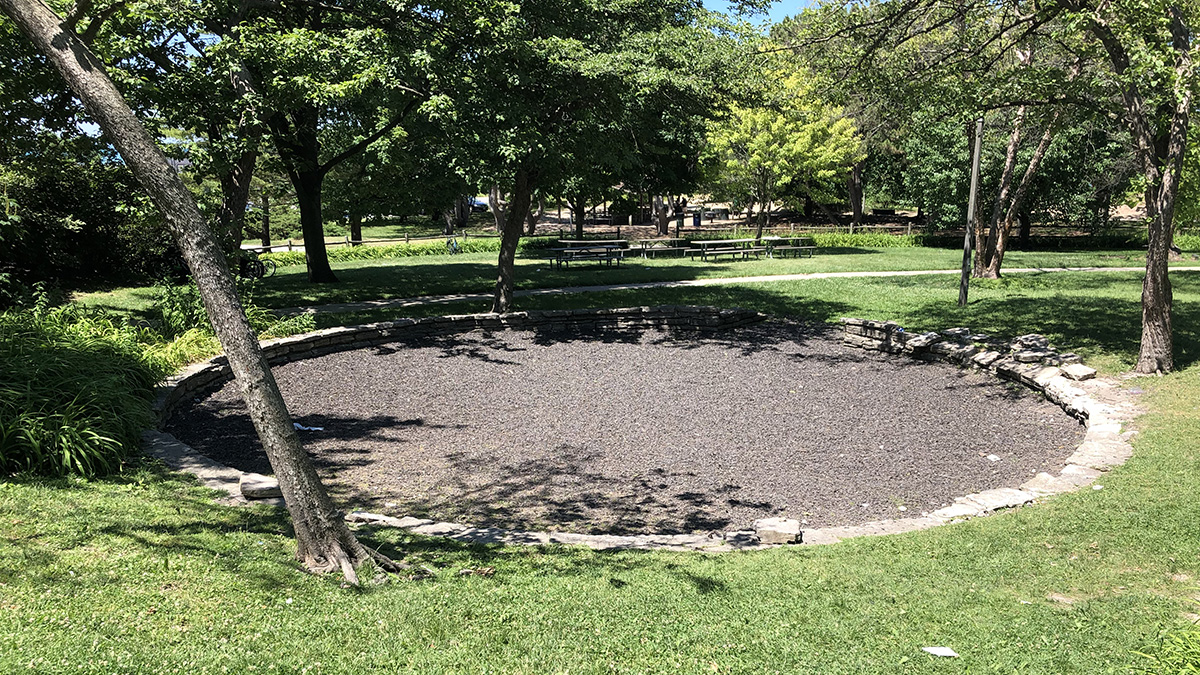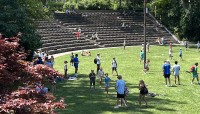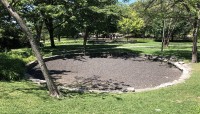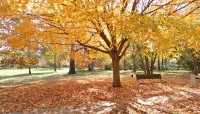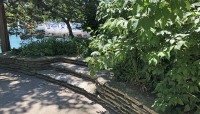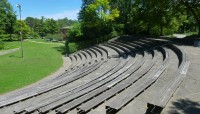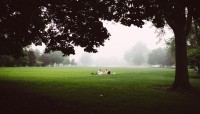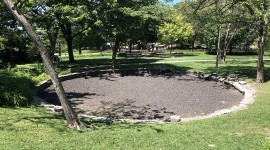Landscape Information
Nestled between Michigan Avenue, Sheridan Road and Lake Michigan’s North Shore, this 60-acre historic district features expansive lakefront views, gently sloping topography, gracious curvilinear drives and pedestrian pathways.
Within this district, Gillson Park occupies 22 acres that was created with fill excavated during the construction of the North Shore Channel in the early twentieth century. In 1911 the newly formed Wilmette Park District (WPD) engaged landscape architect and nurseryman, Benjamin Gage, who designed two entry drives, a kidney-shaped circuit drive, curvilinear paths, lawns, a playfield, naturalistic groupings of trees and shrubs, a promenade north of the harbor, and a beach. By 1917 laborers built the curvilinear circuit drive, lawn areas, and established plantations of trees and shrubs.
By the 1930s the WPD had substantially enlarged the park and in 1936 engaged landscape architect Robert Everly to survey and improve the grounds and harbor. Everly collaborated on the project with his colleague, landscape architect Charles Wagstaff. Everly and Wagstaff retained elements from Gage’s earlier scheme while introducing a beachfront drive, recreational features, an expansive amphitheater nestled into a bluff overlooking the lake, and an expanded boat harbor. Inspired by landscape architect Jens Jensen (with whom Everly had previously worked) the plan included native plant materials and horizontal layers of stonework deployed in council rings, retaining walls, steps, and a terraced seating area.
During the latter part of the twentieth century and into the 21st century incremental changes to the park were small and limited. In the early 2000s a commemorative garden was planted to honor the victims of the tragic events of September 11, and in 2016 the landscape architectural firm, Living Habitats planted native trees, shrubs, and perennial, providing habitat for resident and migratory birds. In 2024 the district was listed in the National Register of Historic Places.



